At this year’s Australian Open, expect a star-studded doubles field packed with defending champions, veteran teams, breakups and reunions, Olympic hopefuls, and a compelling mix of singles players entering the fray.
Though doubles often plays a second fiddle to singles, there’s a lot to like about doubles at the grand slams. The intriguing pairings, chemistry between doubles partners, energy from the crowd, incredible volleying at the net, and advanced doubles strategy brings an unmatched entertainment value that singles simply can’t match. Without further adieu, we bring you our 2021 Australian Open doubles roundtable.
Meet the Panelists

Craig O’Shannessy 
Blair Henley 
Will Boucek 
Randy Walker 
Jennifer Paddock 
Eric Butorac
- Craig O’Shannessy – Founder of Brain Game Tennis and ATP Strategy Coach.
- Blair Henley – Host, writer and reporter for TENNIS.com, ATP and WTA tour events, grand slams, International Tennis Hall of Fame, Tennis Express, and more.
- Will Boucek – Founder and CEO of The Tennis Tribe.
- Randy Walker – Managing Partner of New Chapter Media and sports marketing, communications, and media specialist.
- Jennifer Paddock – journalist at Tennis View Magazine, teaching professional, and novelist.
- Eric Butorac – Former ATP doubles player who won 18 ATP titles and reached a No. 17 career-high doubles ranking.
Which doubles teams (if any) can take the spotlight and become the new face of doubles in a post-Bryan Brothers era?
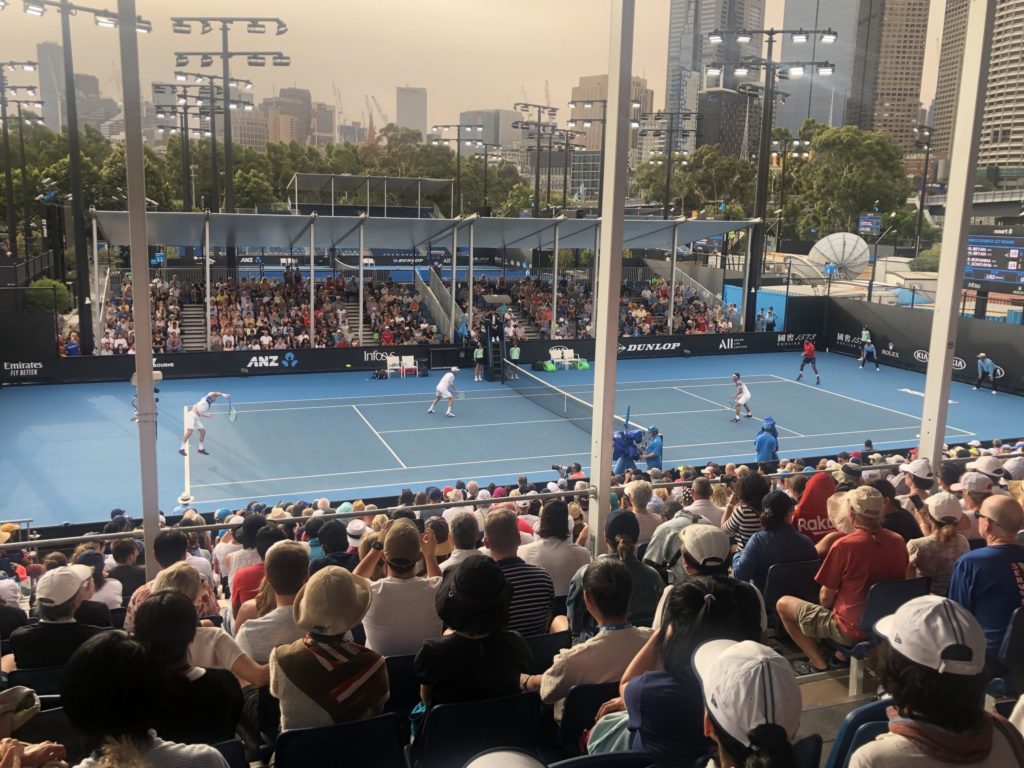
Eric Butorac: To me it’s Cabal/Farah. The image I have of them is winning the 2019 U.S. Open with all of the Colombian fans packed on the front row. They wear the same clothes, they’re from the same country, and both have incredible energy. They embody a lot of similar qualities as the Bryan Brothers did, but whether or not they can replicate their success remains to be seen.
Will Boucek: This is a tough one. It’s hard to imagine a doubles team having an impact like the Bryans in the near future. If we do see it, I think it’s going to have to be a pair from the same country. I like Cabal and Farah on the men’s side, but not sure if Colombia has a large enough tennis fan base to take hold globally in a way the Bryans did.
Maybe multiple teams on the men’s tour can have a similar effect. It looks like Pavic and Mektich (Croatia) and Herbert and Mahut (France) are also teaming up. For the women, Gauff and McNally make a great pair who people seem to be excited about. It would be surprising if Gauff didn’t begin to focus more on singles as she gets older.
Blair Henley: Jamie Murray’s reunion with Bruno Soares is a win for doubles overall. At 34 and 38, respectively, they aren’t exactly new faces, but they understand the importance of selling doubles on-site at tournaments via fan interaction and building their own personal brands via social media.
Their history on the ATP Player Council also helps with their understanding of the doubles landscape as a whole. They may not be the next big thing on the men’s side, but they can be placeholders for the time being.
Craig O’Shannessy: Bruno Soares and Jamie Murray are getting back together as a team. They have previously won two Grand Slam titles together, including the Australian Open. I really like their combination of heavy-hitting from the back of the court and dominating with speed up at net. I think they compliment each other very well.
Jennifer Paddock: The Bryan Brothers will be a tough act to follow. Maybe Ram/Salisbury or Murray/Soares? Both teams have great chemistry. And then there’s the Colombian duo of Farah/Cabal—they are countrymen, they combine well, they keep each other up, and they are No. 1 and No. 2, respectively, in the ATP doubles rankings.
Randy Walker: No current doubles team can equal the spotlight the Bryan Brothers had, but I think Farah and Cabal will be the leading team on the men’s side. It’s great to see Ash Barty play a leading role in singles and doubles on tour, continuing a great Aussie tradition of supporting both events.
My take: There’s certainly no replacing the Bryan Brothers. If anyone makes an attempt, I think the Colombian duo of Cabal and Farah could be the next closest thing. Their benefit of being countrymen automatically generates a common fanbase and allows them to play together during team events like Davis Cup and The Olympics.
On the women’s side, Bethanie Mattek-Sands is a great doubles personality on her own and has been one of the best women’s doubles players of the last decade. If they keep playing together, I think Coco Gauff and Caty McNally (“Mc-Coco”) could eventually become the next marquee WTA doubles team.
Which Australian Open doubles pairing intrigues you most in both fields?
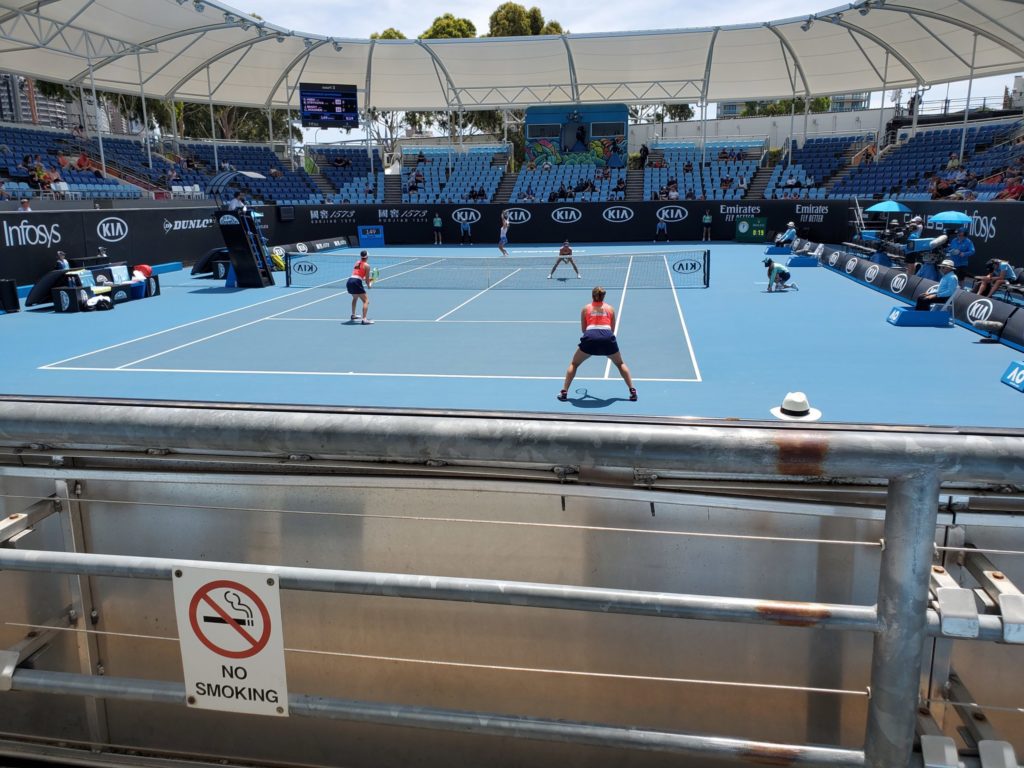
Eric Butorac: It’s great seeing Bruno Soares and Jamie Murray back together. They are both two of my best friends and I love cheering for them.
On the women’s side, I always love watching Gauff and McNally. They have a lot of fun and aren’t afraid of the spotlight. It’s only a matter of time until everything clicks until they win one of these.
Will Boucek: For the women, I like Ash Barty and Jennifer Brady. Brady had a great fall season in singles and hits a big ball. With Barty’s hands, athleticism, and home crowd, I imagine this will be a tough team.
On the men’s side, it has to be Jamie Murray and Bruno Soares. They won the AO back in 2016 and remain two of the best doubles players in the world. I’ll be excited to watch them pair up.
Blair Henley: I had the chance to interview Jenny Brady last fall, and she broke the news that she’d be pairing with Ash Barty in Australia. Her excitement was contagious. I can’t wait to see how they do together.
On the men’s side, I’m very curious to see how Marcelo Melo and Horia Tecau fare as a team after recently splitting from their longtime partners.
Craig O’Shannessy: On the men’s side, Max Purcell and Luke Saville reached the final at the 2020 Australian Open as wildcards. It’s very intriguing to see if they can catch fire again this year Down Under.
For the women, the combination of Ash Barty and big-hitting American, Jennifer Brady, also catches my eye. I like to see power from the back of the court setting up touch and finesse at the front of the court. This duo has that.
Jennifer Paddock: In the men’s field, I’m intrigued by the Canadian pair Shapovalov/Pospisil. Again, it helps that they are countrymen. And the lefty/righty combo is always good. I think they will combine well: Shapovalov is more of the shot maker/risk taker, and Pospisil is solid all-around.
In the women’s field, I’m intrigued by Barty/Brady. Barty really understands the game. She’s creative, can hit a savvy, cunning low slice, knows when to come in. And Brady’s serve is really a weapon.
Randy Walker: Shapovalov and Pospisil. I think they are also gunning for a piece of “gold” jewelry that Nestor and Lareau won in 2000. It will be interesting to see which players are pairing with each other for Olympic purposes (to work to gain selection or as practice). The Olympics is, right now, the most prestigious doubles title in tennis.
My take: Again, I’m big on the BMS train and very curious to see how she and Gaby Dabrowski fare together playing for the first time. Both are very accomplished doubles players in their own right.
On the men’s side, I’m hopping on the bandwagon for the Canadian duo of Shapo and Pospisil. Testing the waters for a potential Tokyo run? You know Canadian fans love to see it.
Who are your favorites and dark horse picks?
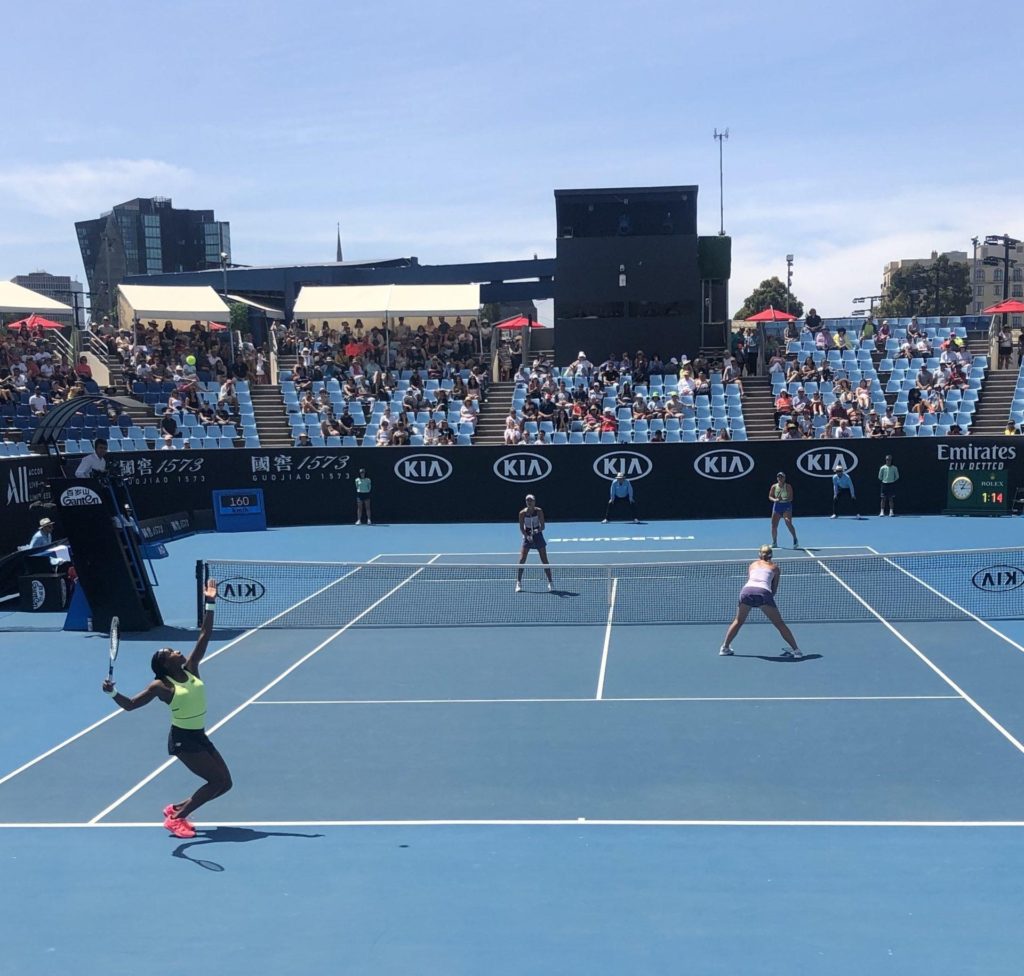
Will Boucek: For the men, I’ll go with Pavic and Mektic as my favorites and Shapovalov and Pospisil for my dark horse. For the women, let’s go with top seeds Hsieh Su-Wei/Barbora Strycova as favorites and Nicole Melichar and Demi Schuurs as the dark horse.
Blair Henley: On the men’s side, my favorites are the lovable French duo of Herbert/Mahut, plus Cabal/Farah and Mektic/Pavic. My men’s dark horse is easy: Hubert Hurkacz and Felix Auger-Aliassime are coming for the title!
For the women, it’s hard to bet against Sabalenka/Mertens, but I also think Sam Stosur might have one more Slam in her. Keep an eye on the Aussie legend and her partner Zhang Shuai.
Craig O’Shannessy: My favorites are defending champions Ram/Salisbury for the men and top-seeded Su-Wei/Strycova for the women. My dark horse picks are John Peers/Michael Venus and Aryna Sabalenka/Elise Mertens.
Jennifer Paddock: On the women’s side, my favorite is Sabalenka/Mertens. Sabalenka has such a powerful game—incredible serve. She’s aggressive and all over the place in dubs, not afraid to play. Mertens is consistent, reliable, makes all the returns. They have great chemistry. My dark horse is Barty/Brady. On the men’s side, my favorite is Farah/Cabal and dark horse is Shapovalov/Pospisil.
Randy Walker: I’d go with Cabal and Farah and Barty and Brady. Doubles is often a crapshoot so tough to predict.
My take: I like Ram/Salisbury and Barty/Brady as the favorites. My money is on Rajeev and Joe to find their Melbourne magic yet again. I know its hard picking a “favorite” for a new team like Barty and Brady but I feel confident they will do some damage in the women’s draw.
For my dark horses, I’ll take young guns with “Mc-CoCo” on the women’s side and Hubert Hurkacz and Felix Auger-Aliassime for the men. I’ve heard many people say McNally has the potential to be the top women’s doubles player in the world. Between her hands and CoCo’s raw power, the sky is the limit for this American duo. Who wouldn’t want to see FAA and Hurkacz make a run here?
What do you enjoy most about watching doubles at the grand slams?
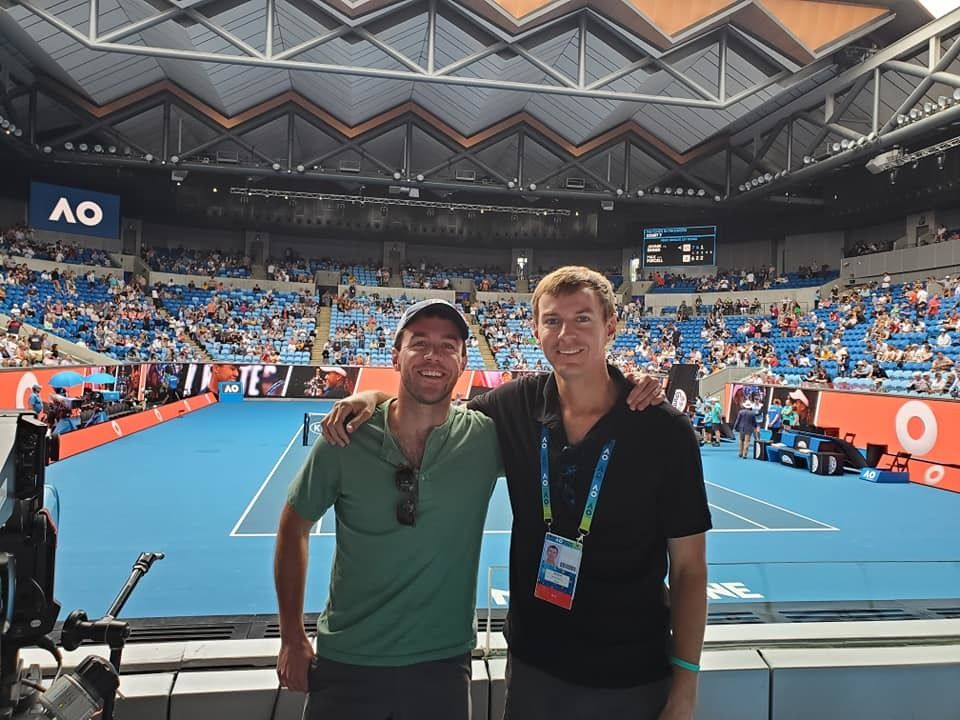
Will Boucek: Watching the doubles specialists and trying to implement their strategies and tactics into my own game. For example, I started using an offset I-formation last year which has helped my partner hold serve more easily. I learned that by watching the US Open. There is so much nuance and small adjustments you can learn simply by watching, regardless of skill level.
Blair Henley: Talk to anyone who has had the chance to attend a major in person, and I would bet they have stumbled upon a doubles barn burner in a packed secondary stadium and walked away with incredible memories. Doubles may not always bring people inside the gates, but it has an uncanny ability to entertain them once they are there. Finding those hidden gems on the schedule is like its own little tennis treasure hunt.
Craig O’Shannessy: I like that doubles can attract a great crowd at a Grand Slam which really elevates the energy of the match. Doubles is naturally a high-energy version of a sport. With such a raucous atmosphere, it can offer up some amazing tennis.
Jennifer Paddock: I like that, because everyone’s there, you sometimes see superstars play doubles. Also, I like watching mixed. And because it’s a slam, it’s special. Because if you win a slam in doubles, then you’re a slam winner.
And let’s say you’re on a plane and the person next to you asks you what you do, then you can say, “I won the Australian Open or US Open or Wimbledon or French.” And the person knows the value of that because it’s so high. There are many great singles players who have never won a title in slams.
“Doubles may not always bring people inside the gates, but it has an uncanny ability to entertain them once they are there. Finding those hidden gems on the schedule is like its own little tennis treasure hunt.”
Blair Henley
Randy Walker: You can’t easily watch doubles at all on TV except for the Grand Slam doubles finals and in team events. When you’re at a Grand Slam or ATP/WTA event, it’s fun to watch the fast at net action (and actually watch people hit volleys!).
My take: When you’re attending a slam in person, doubles is one of the best ways to get a front row seat without paying an arm and a leg for a stadium ticket. Plus, you may get to see a top player on an outer court where they wouldn’t normally play in singles. Or, you might stumble upon an entertaining match accidentally and become quick fans of a new team you didn’t know before.
In a perfect world, who would you be your mixed doubles dream team?
Eric Butorac: To me that’s easy…Navratilova and McEnroe. For one, I’m a lefty and love watching lefties play. Even more impressive is their doubles intelligence and seeing what they could drum up together would be amazing.
Will Boucek: Dustin Brown & Hsieh Su-Wei. It would be BY FAR the most fun team to watch in the history of doubles.
Blair Henley: Oh gosh – I have a long list. Ash Barty and Roger Federer? Off-the-charts feel. Venus and Rafa Nadal? Relentless power and placement (and big smiles). Serena and Grigor Dimitrov? Friendly ribbing and laughs. Osaka and Kyrgios? Endearing awkwardness and complete unpredictability. Andy Murray and anyone? Andy Murray, ‘nuf said.
Craig O’Shannessy: I would like to see Roger Federer partner with Ash Barty. I think they would compliment each other really well on a doubles court and be swarming the net.
Jennifer Paddock: If I could go back in time, John McEnroe and anybody. Maybe that anybody could be Serena—no explanation needed! McEnroe knew what to do when. A lefty with the same grip on all shots, super soft hands, the ability to adapt, make split-second decisions.
He might see someone going, and instead of hitting it into the open space, slide it wide. He might let the ball drop and play a half-volley down the line. He might play a chip-lob against a big serve, just lift it over the guy at the net, and change the whole dynamic of the game.
In today’s game, I would go with Ash Barty—who can handle pace, handy at the net, comes from that great heritage of Australian doubles (Laver, Rosewell, Rafter, the Woodies)—and Bruno Soares, a doubles specialist who’s had success with so many different partners. Soares is steady—high percentage first serves, high percentage on all strokes. He can read the game, makes his volleys, doesn’t ever miss the easy balls.
Randy Walker: I’d love to see Muguruza play with Nadal at the Olympics. How about a gold medal match against Roger Federer and Belinda Bencic?
My take: Since I’m still still feeling nostalgic about the 2017 Australian Open, what about a showdown between the four singles finalists? The only question is…would you go with Federer/Serena vs. Venus/Nadal or vice-versa? Regardless of the pairings, it would be an epic clash of the four biggest tennis titans of my time (Sorry Novak).
For a less mainstream pick, I’d love to see Hsieh Su-Wei team up with just about anyone on the ATP. Nick Kyrgios? Del Potro? Bob or Mike Bryan? The list goes on.
If you could make one change to help improve doubles, what would it be?
Eric Butorac: I wish more of the stars would play, especially the younger players. It helps us get to know their personalities quicker and see who they’re friends with. I wish we could find a way to adjust the format and schedule to make it easier for all of the top players to play at the slams.
Whenever you see them play at Davis Cup, Laver Cup, or Olympics, it’s always really exciting. How do we get them on the doubles court vying for grand slams? That would take the sport to the next level.
Will Boucek: Give it more TV time. If we present it on TV in the right way with helpful analysis, people will love it and it will become more popular. They need the right people calling the matches though.
Blair Henley: I would make men’s singles two-out-of-three sets until the semifinals at the majors, encouraging well-known singles players to dip their toes into the doubles pool more often. I’d also love to see a bonus awarded for players who win singles and doubles at the same tournament throughout the season, similar to the $1 million incentive offered at Indian Wells a few years ago.
Craig O’Shannessy: I think it all has to do with scheduling. I would like to see doubles positioned as a “curtain-raiser” for singles matches. We know how long a doubles match will typically take so position it right before a singles match to give the crowd a high-energy appetizer for the main draw card.
Doubles needs to be taken more seriously by promoters and tournament directors. Put more doubles matches in the schedule as a night match!
Randy Walker
Jennifer Paddock: I would change the no-ad scoring. There’s too much luck. You might end a hard-fought game on one lucky shot. I understand that sometimes games with too many deuces can be boring.
But with ads, if you know you’ll have chance after chance to win the game, then you’ll keep trying. I would keep the super tiebreaker. I think it’s exciting for the crowd. They’ve seen both teams take a set, and now let’s see who’s really going to take the match.
Randy Walker: Doubles needs to be taken more seriously by promoters and tournament directors. Put doubles as a night match! About 20-years ago, night sessions at the U.S. Open and other events featured at least one doubles match. I’d work to get a sponsor to pay a bonus to any player who wins both singles and doubles. This would help incentivize more top players to play both events.
John McEnroe used to play doubles as “practice” because he hated to practice and would rather “compete” as practice for his singles. Promoters should challenge themselves to make doubles more attractive to audiences – it’s almost half of your content!
My take: I would consider creating some type of incentive to eliminate the “grass is greener” effect and encourage doubles teams to play with the same partner for a longer period of time. It can be challenging to build name and team recognition in doubles when players are constantly switching partners throughout the season.
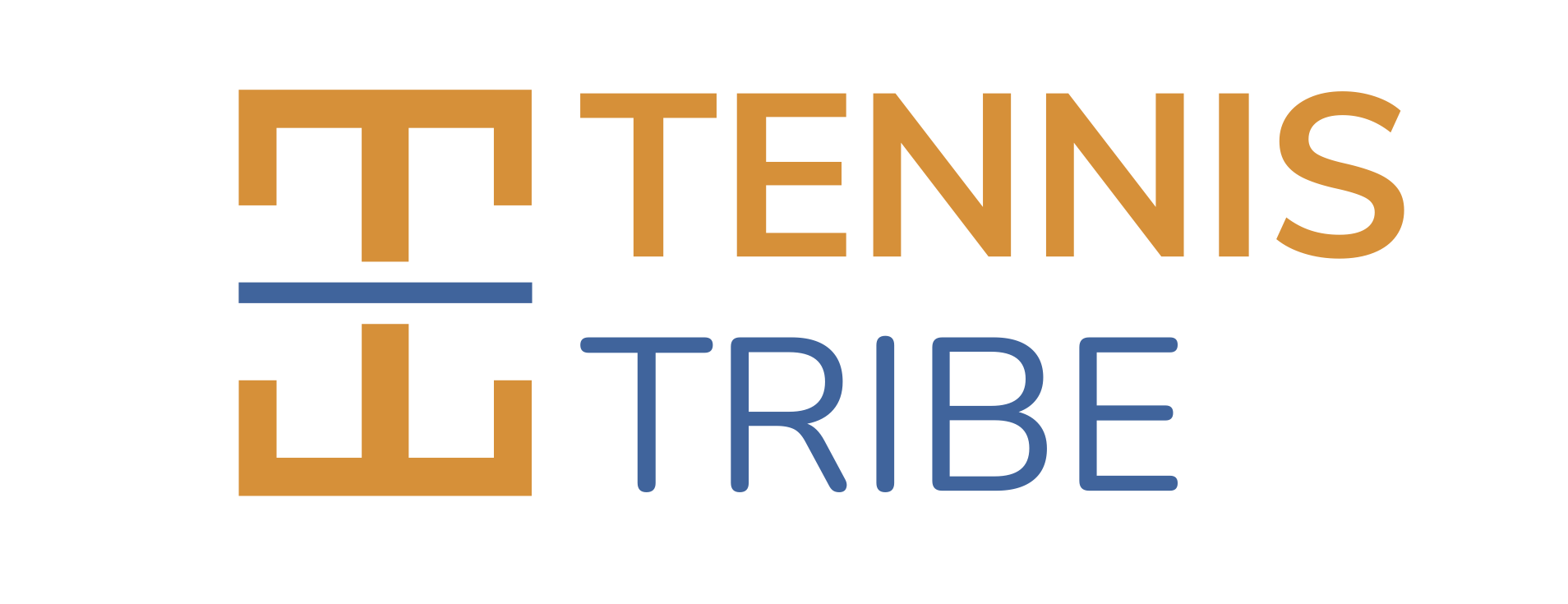
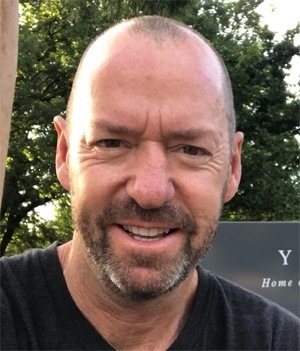
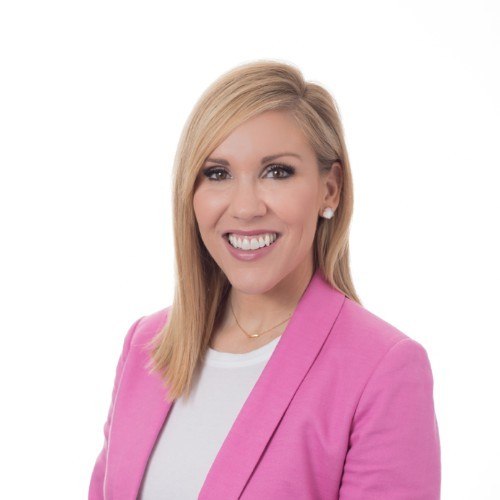
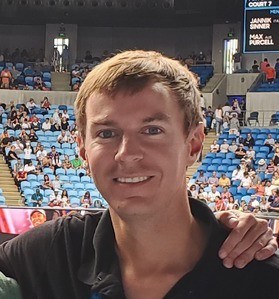
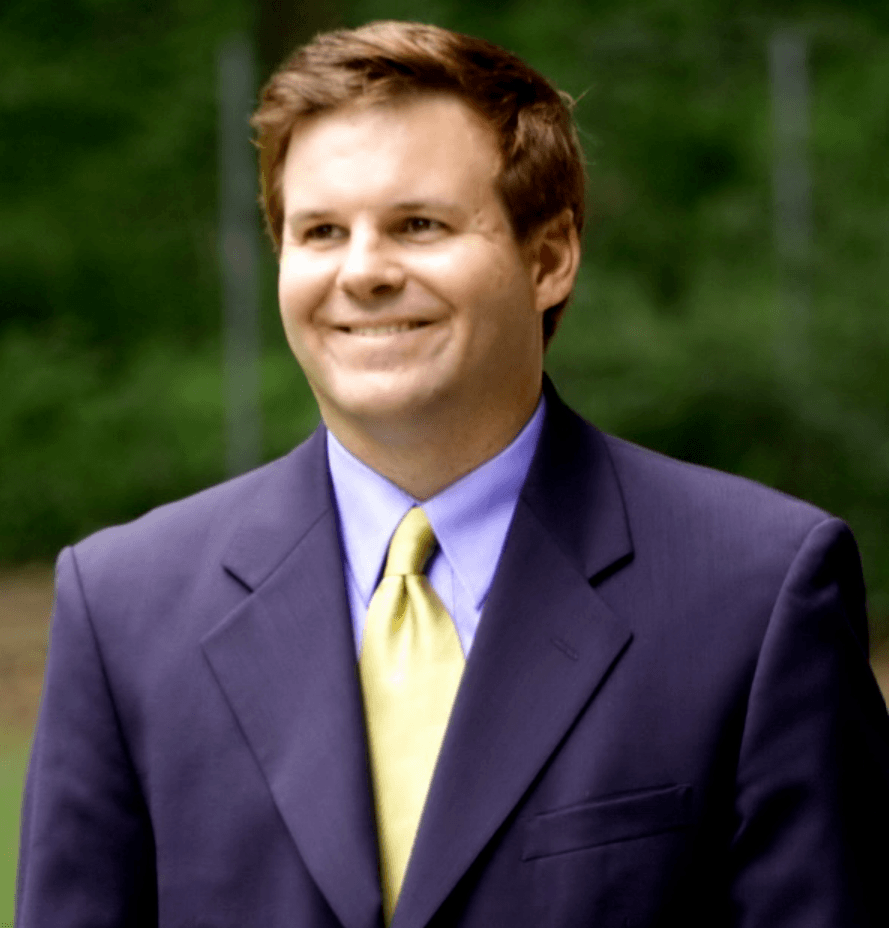
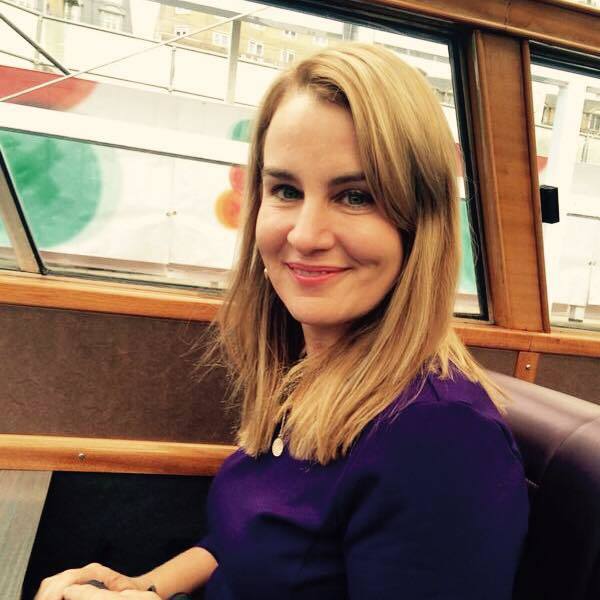
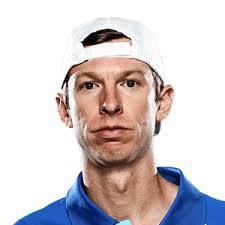
Leave a Reply